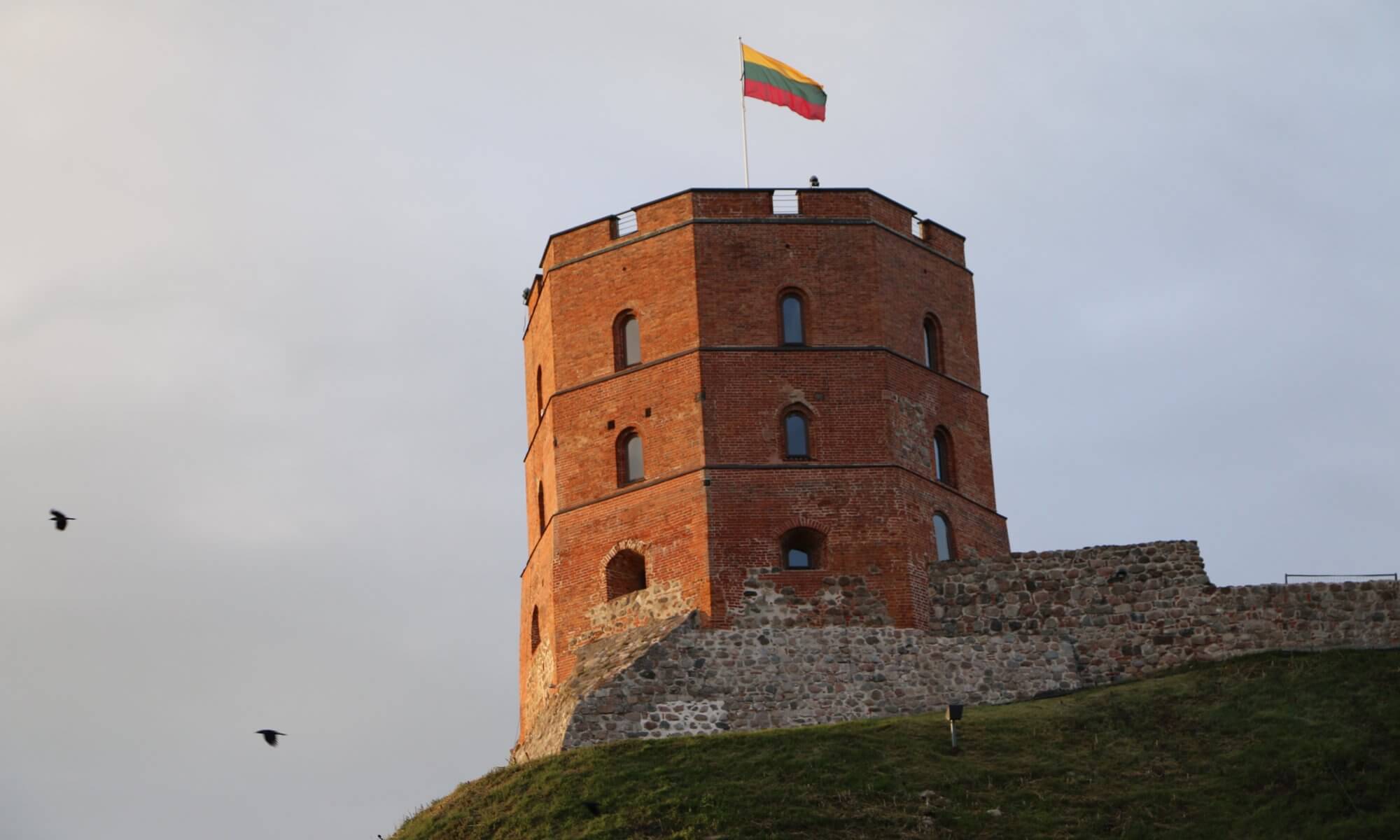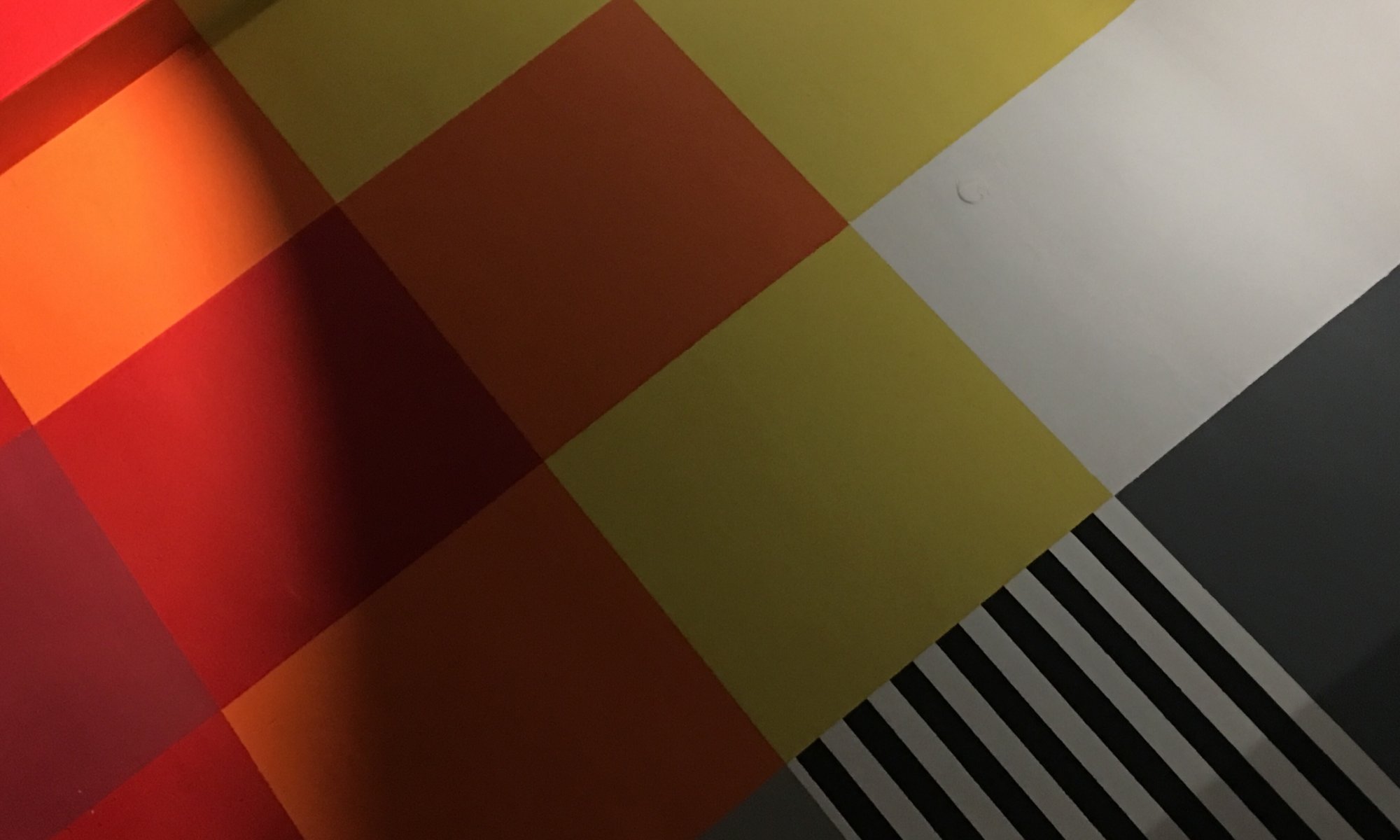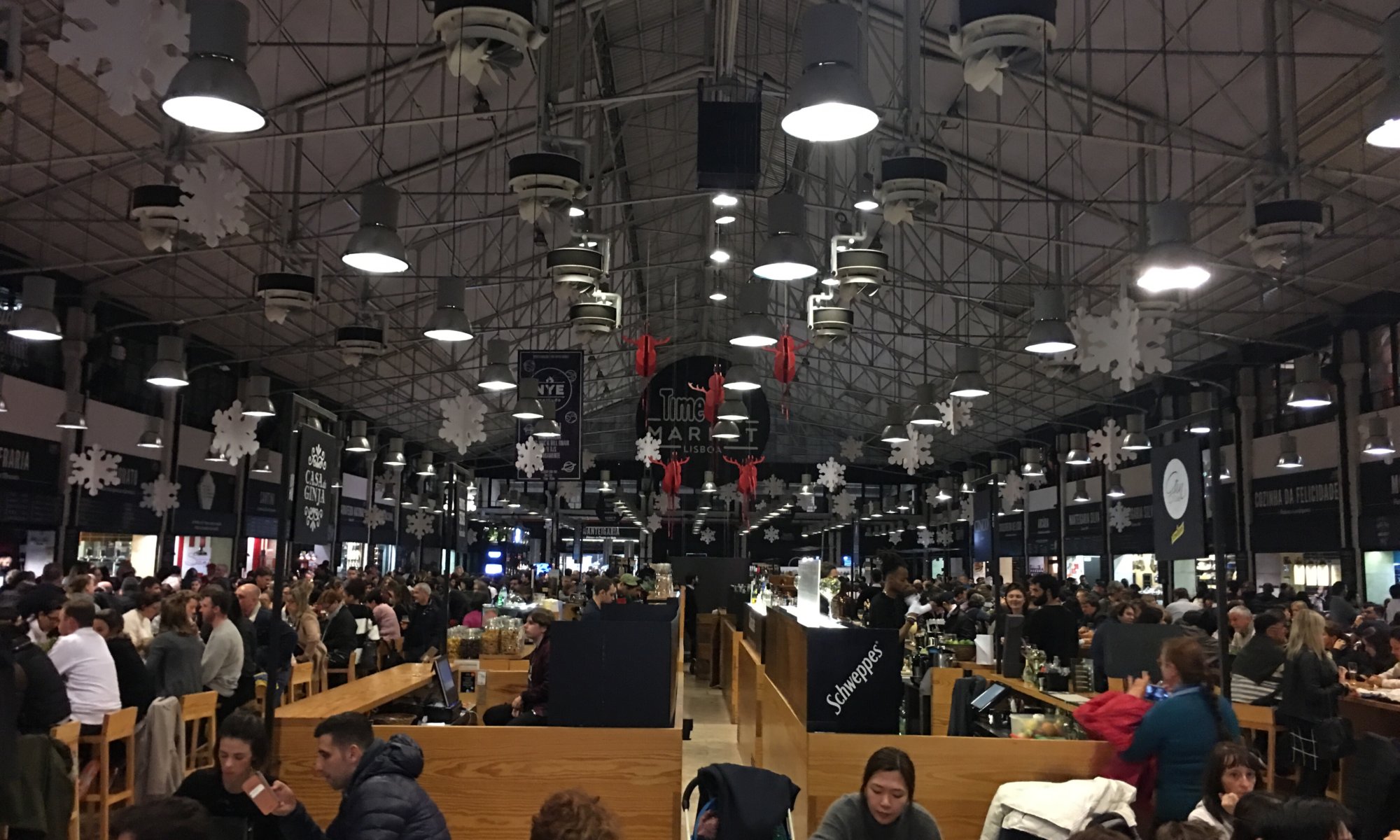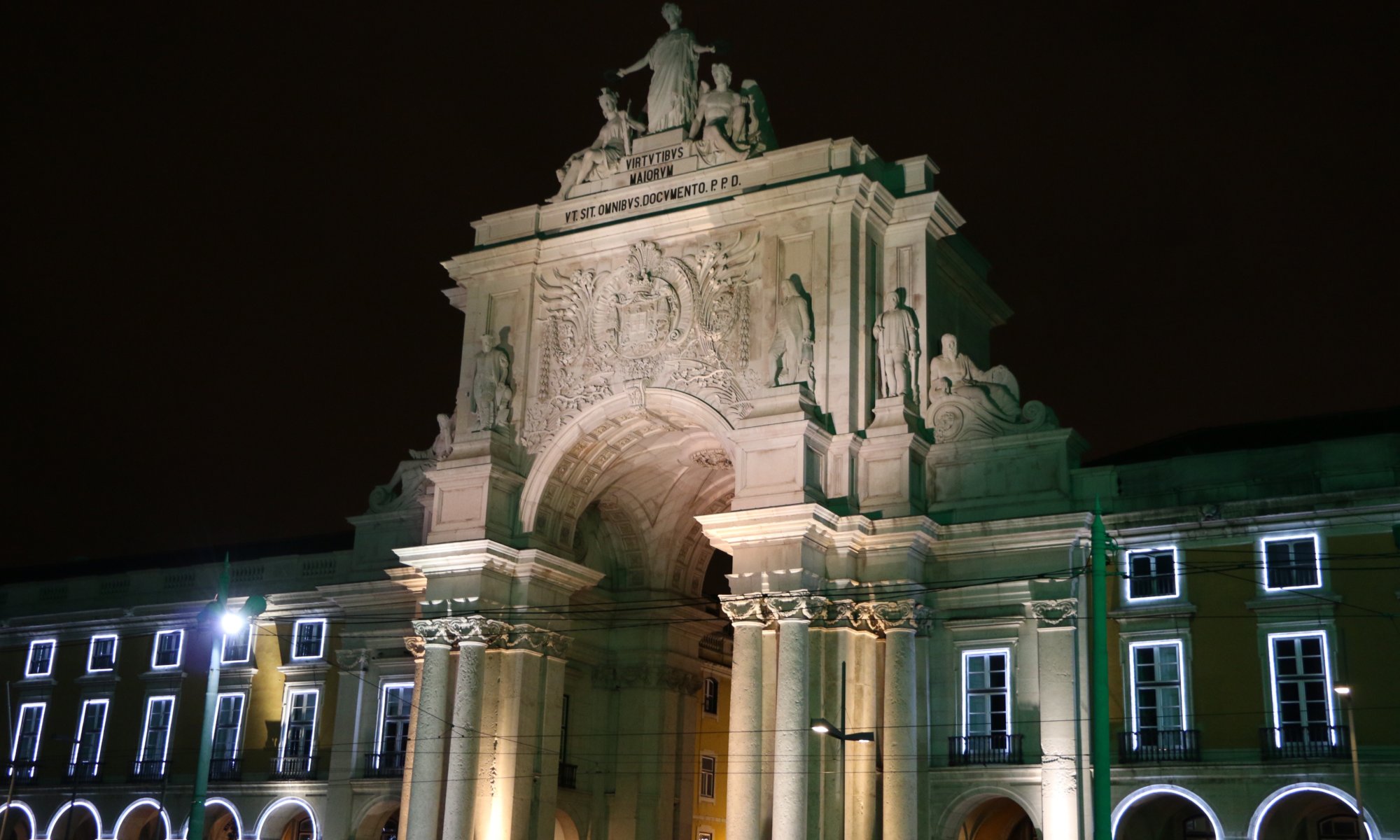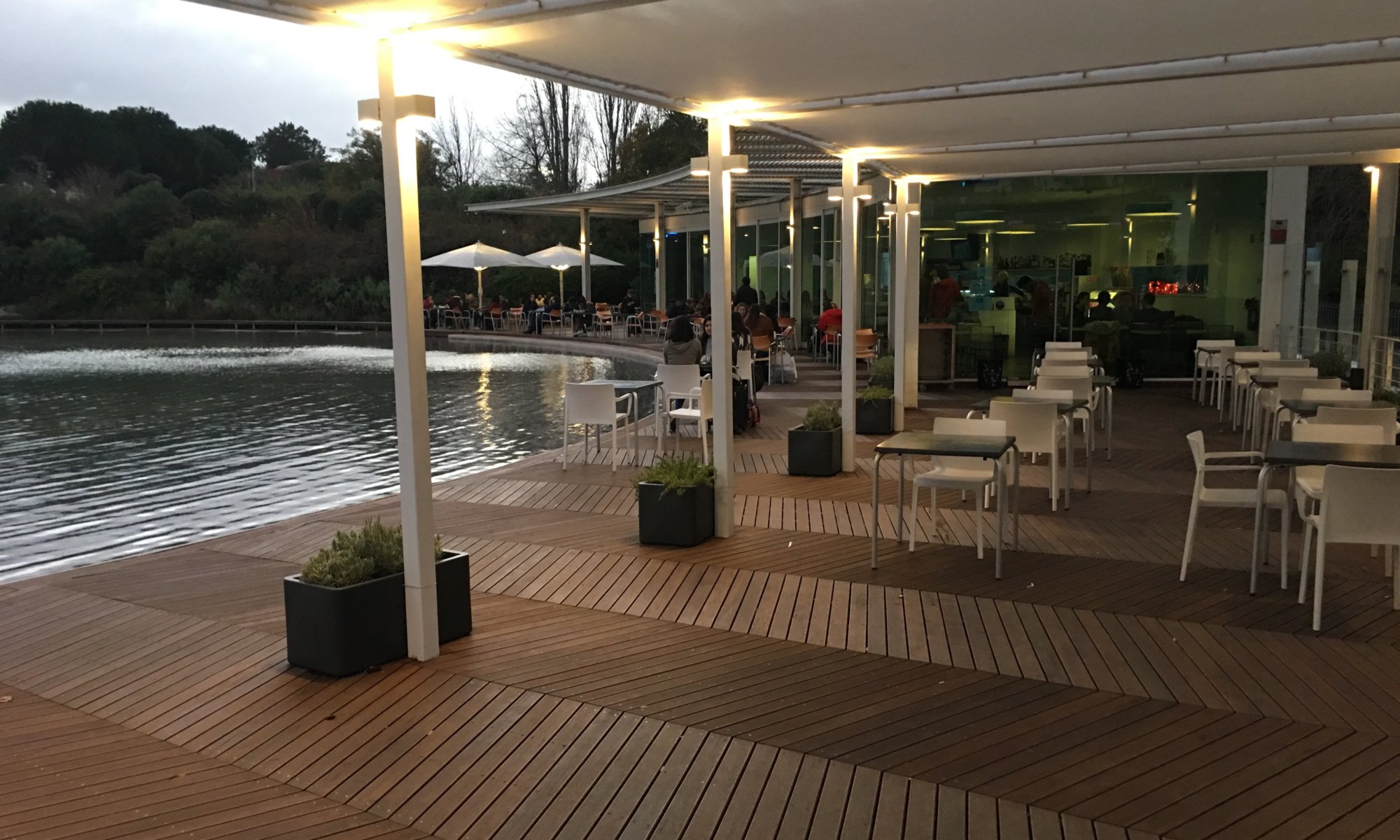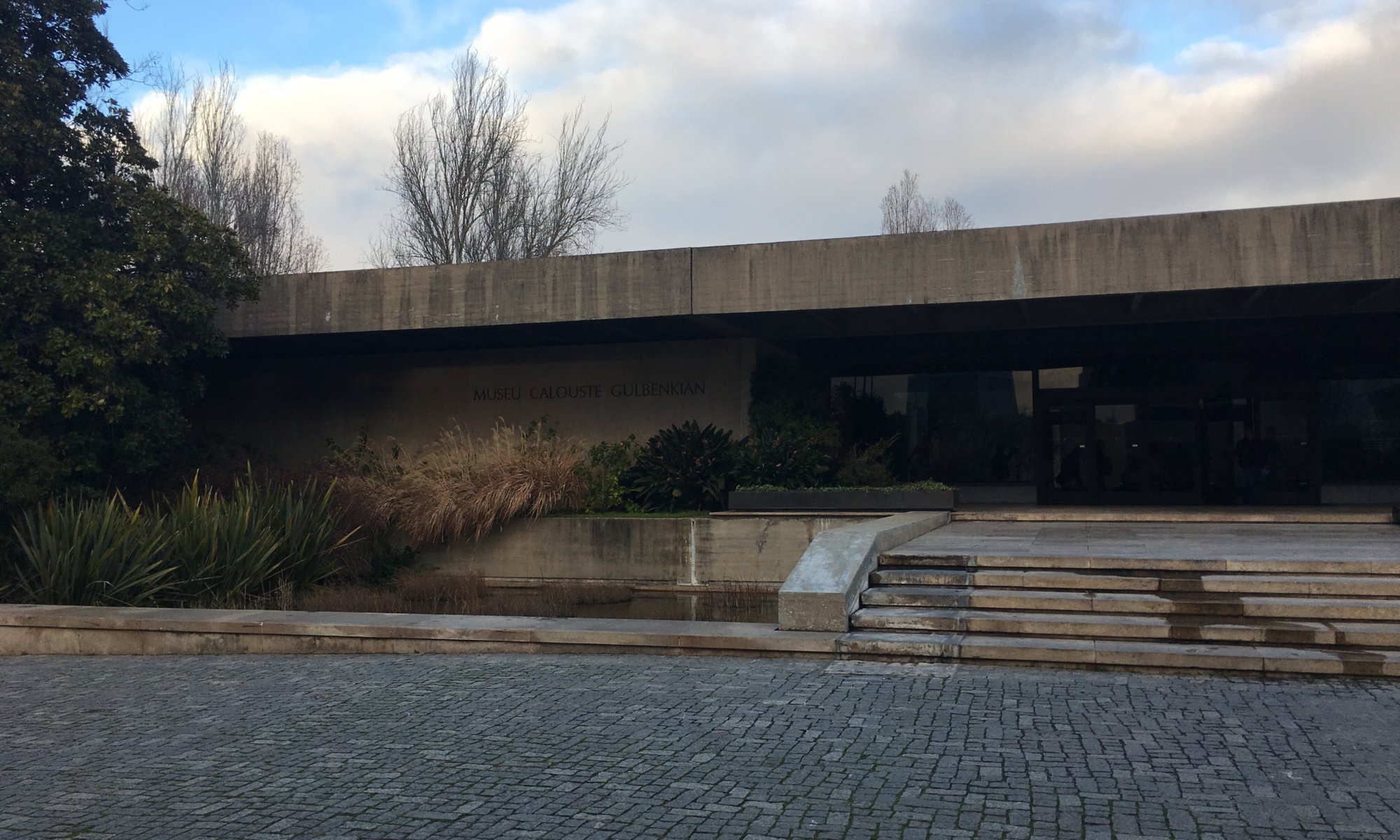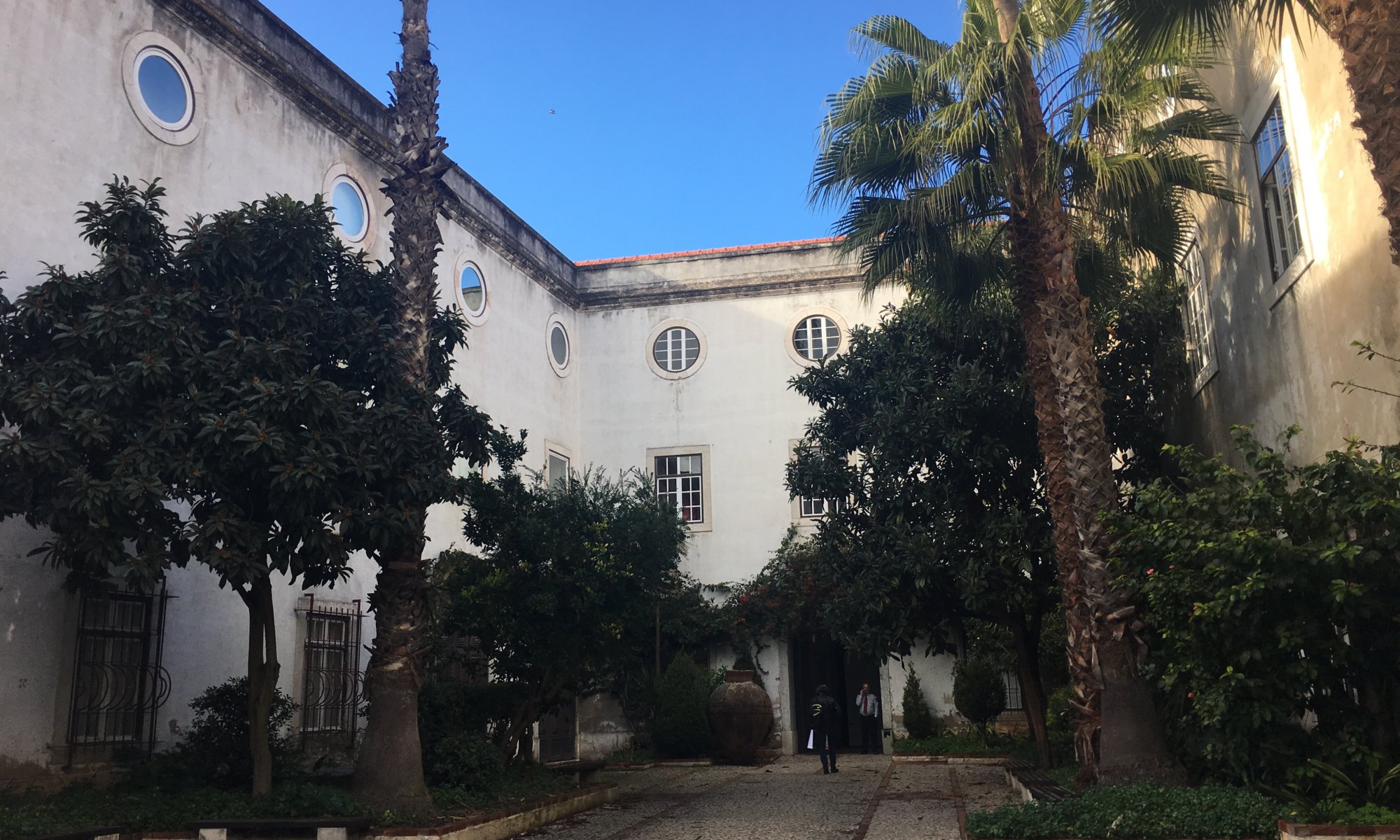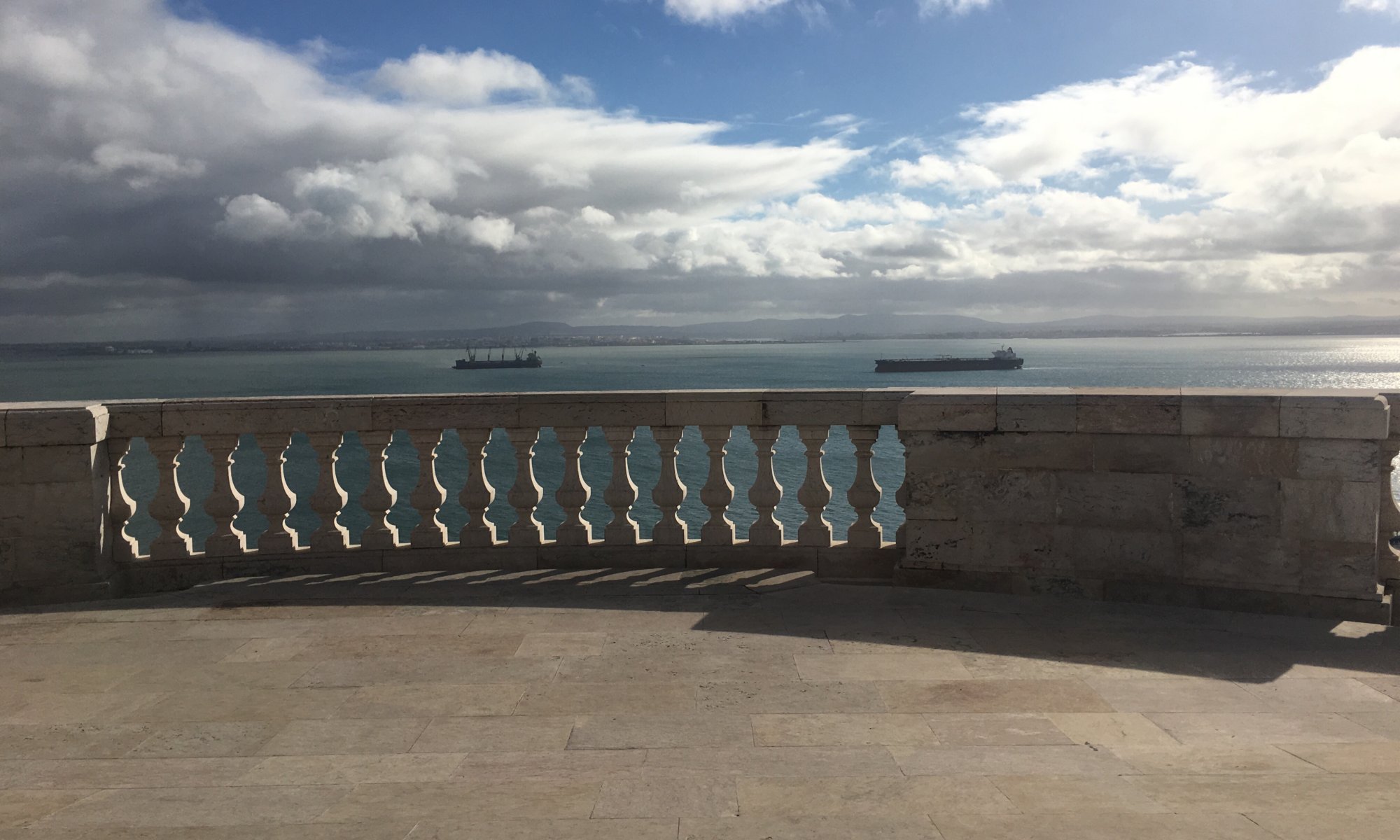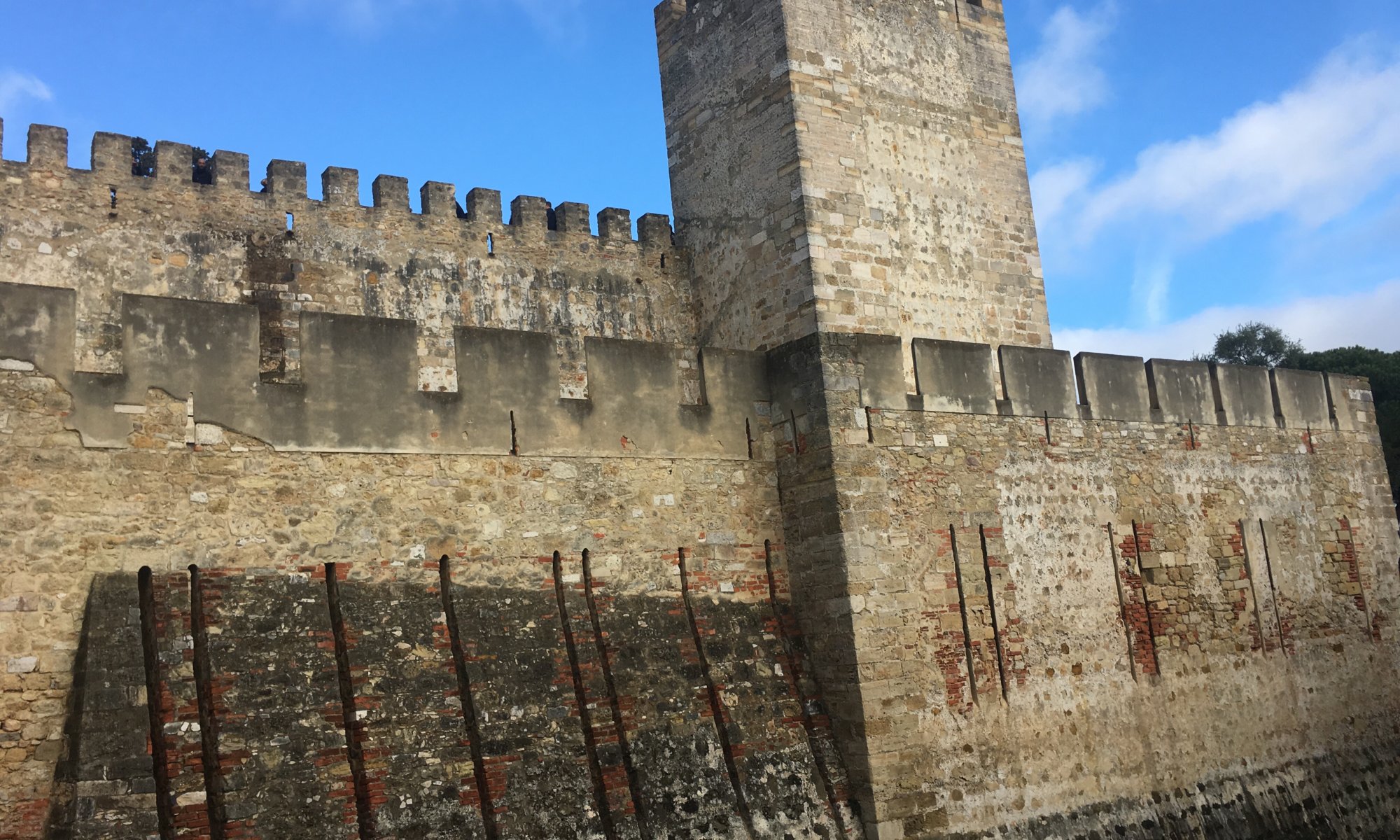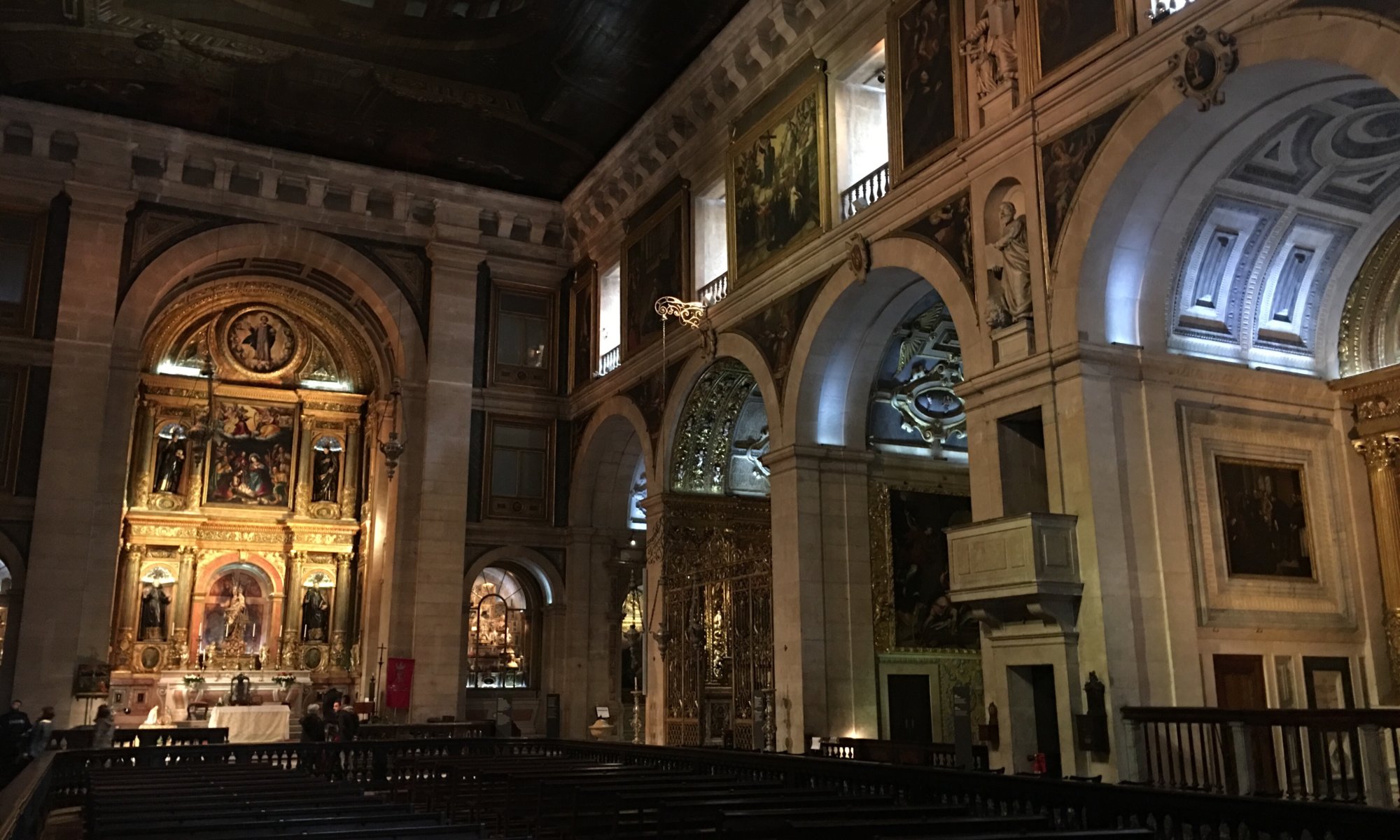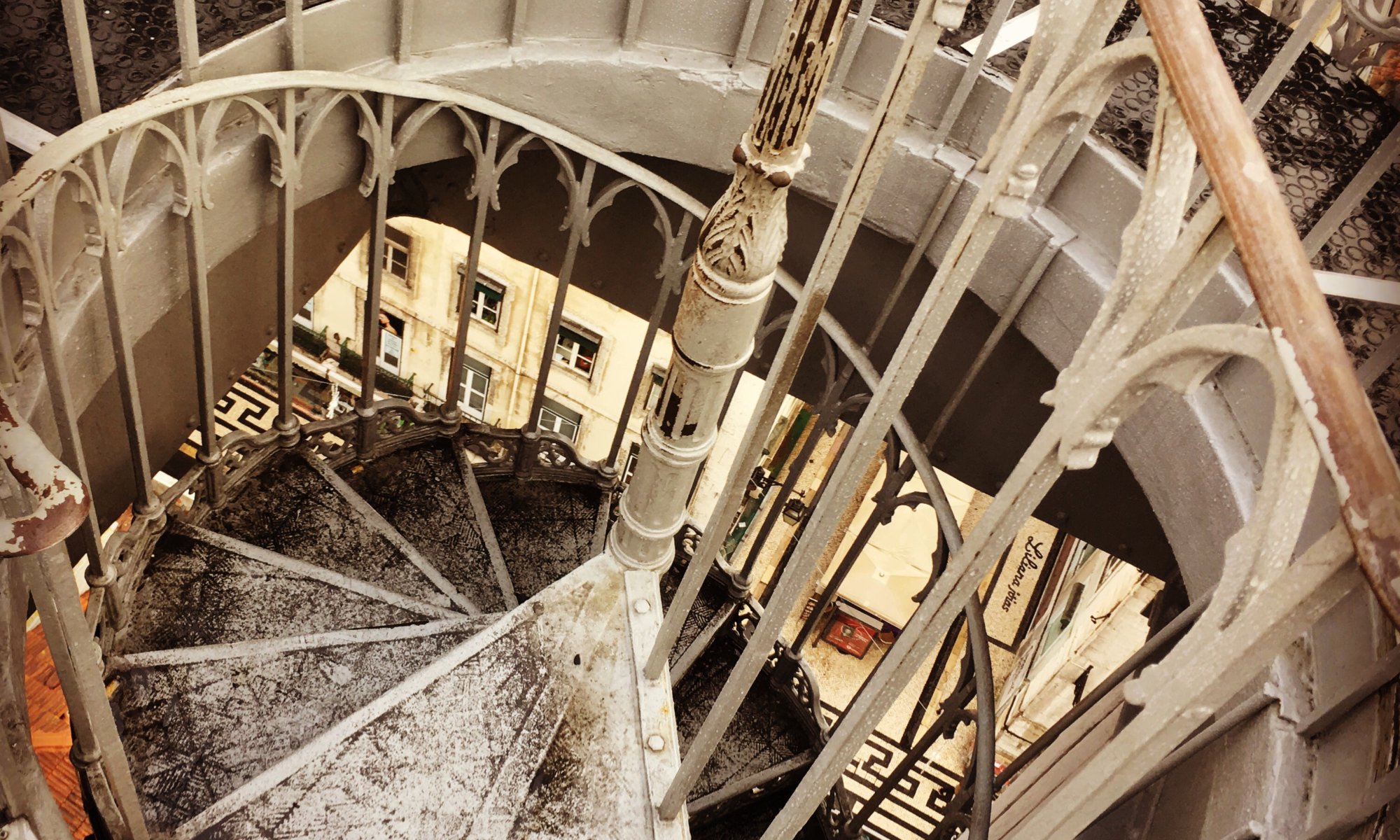The Stupido is a funny bar in Lisboa, Portugal. It is painted in many colors, they offer a long list of good cocktails and serve some slices of pizza now and then. I wouldn’t cross the whole city for it but was the right bar for our needs. Continue reading “Stupido”
Mercado da Ribeira
The Mercado da Ribeira is a market hall near the Cais de Sodré in Lisboa, Portugal. From the 19th century on fish, vegetables and fruits are traded here. In the western section of the market you can find the Time Out Market – a large food court with many food options. Continue reading “Mercado da Ribeira”
Arco da Rua Augusta
When accessing the Praça do Comércio in Lisboa, Portugal you will immediately see a triumphal arc – the Arco da Rua Augusta. It was planned after the earthquake in 1755 and commemorates the Portuguese exploration activities throughout the world. Continue reading “Arco da Rua Augusta”
Linha d‘áqua
When walking through a city like Lisboa, Portugal you’ll need a drink and a snack now and then. We found the restaurants in museums to be a good place for that, but one of the simplest, nicest and cheapest eateries was the Linha d’áqua.
Museu Calouste Gulbenkian
The Museu Calouste Gulbenkian is a huge art museum in Lisboa, Portugal. It is named after a British engineer with Armenian roots who was a pioneer in oil production in the Middle East – and used his money to collect art. The museum consists of different buildings in a park. Continue reading “Museu Calouste Gulbenkian”
Museu Nacional do Azulejo
Within the old cloister Madre de Deus at Lisboa, Portugal you can find the Museo Nacional do Azulejo (maybe the hardest Portuguese word to pronounce). It is a museum about painted tiles and exhibits numerous artworks on ceramic tiles. Continue reading “Museu Nacional do Azulejo”
Panteão nacional
The Igreja de Santa Engrácia is a church in Baroque style from the 17th century and maybe the most beautiful church in Lisboa, Portugal. It was only finished in the 20th century and it was never used as a church and became the national pantheon (Panteão nacional) instead. Continue reading “Panteão nacional”
Castelo de São Jorge
The Castelo de São Jorge is a fortress on a hill in the city quarter Alfama in Lisboa, Portugal. It was built by the Moors and was conquered in 1147 and destroyed to large extend during the earthquake in 1755. Today you can enjoy the nice viewpoint, walk on the restored walls of the castle and watch pheasants. Continue reading “Castelo de São Jorge”
Igreja de São Roque
When standing in front of the church of Saint Roch in Lisboa, Portugal you won’t expect what you’ll find inside. Behind the simply front portal there is the first Jesuit church in Portugal showing all the former richness of the country. Continue reading “Igreja de São Roque”
Elevador de Santa Justa
The Elevador de Santa Justa or Elevador de do Campo is an elevator transporting people between the city quarters Baixa (downtown) and Chiado (uptown) in Lisboa, Portugal. It was built until the year 1901 after plans of engineer Raoul Mesnier de Ponsard. Continue reading “Elevador de Santa Justa”
